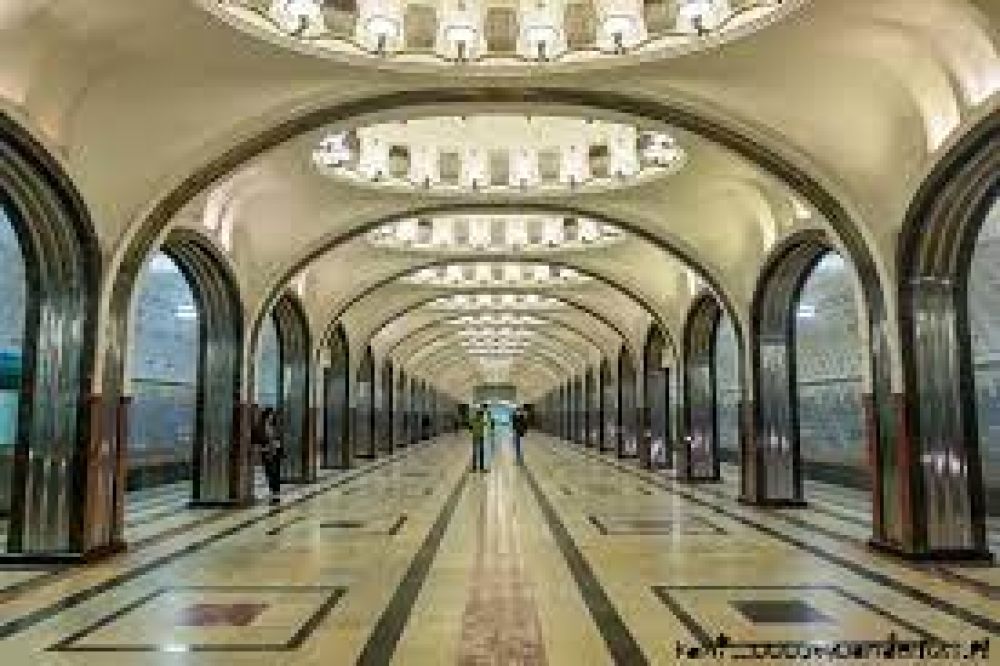

The Moscow Metro, known for its ornate and grandiose architecture, is not merely a rapid transit system but a cultural heritage site that has attracted tourists from around the globe for decades. The metro system of Moscow, inaugurated on May 15, 1935, was a Soviet endeavor to showcase the might, technological prowess, and the cultural sophistication of the USSR. With stations often referred to as "underground palaces," the mesmerizing frescoes, intricate mosaics, imposing sculptures, and elegant chandeliers turned functional transit hubs into tourist attractions in their own right.
Initially, the Moscow Metro was a symbol of Communist achievement and served as a tool for propaganda, impressing both domestic and international visitors. In the early years, the tourism aspect was not the primary motive; however, foreign dignitaries and visitors were often taken on guided tours to marvel at the achievements of Soviet engineering and art.
As the Cold War tensions eased, the Moscow Metro gradually became more accessible to international tourists, playing a pivotal role in the city's tourism industry. Significant events, such as the 1980 Summer Olympics in Moscow, acted as a catalyst, bringing a surge of tourists to the city, who then rode the metro not just for transport but to experience its grandeur.
The era of Perestroika in the 1980s marked a turning point that opened up the Soviet Union, and Moscow, to the world. Easing travel restrictions meant an increase in Western tourists who were curious about Soviet life and culture, with the Moscow Metro stations being a prime showcase.
Post-Soviet Russia saw a deliberate emphasis on promoting tourism, and the Moscow Metro's unique appeal as an attraction was leveraged. Visitors came not just to use the metro for convenience but to undertake guided tours focusing on the station's art, history, and architectural grandeur.
In recent years, tourism in Moscow Metro has flourished, with the system seeing both an increase in daily use and in the number of tourists. Latest tourism trends include guided tours specializing in different themes such as the Soviet history, architecture, and the metro's role during World War II. Special tourist-friendly services like English-speaking staff and information points have made it easier for international visitors to navigate and appreciate the mosaic-adorned stations.
Additionally, the Moscow Metro has embraced digital transformation with virtual tours and mobile apps, allowing tourists to explore stations remotely or plan their visit in detail. Themed merchandise and memorabilia have also become a popular way to attract and cater to the tourist market.
Special events and night tours have also grown in popularity. These events give tourists a unique experience of the Moscow Metro without the typical daytime crowds, combined with performances or detailed historical recountings that enrich the visitor's understanding and enjoyment of this subterranean marvel.
The Moscow Metro continues to be a must-visit destination for anyone coming to Moscow, not just to ride from one destination to another but to embark on a journey through Russia's profound and varied history. Its ongoing allure is a testament to the city's cultural depth and its commitment to preserving and showcasing its heritage to the world. As tourism trends evolve, the Moscow Metro remains a steadfastly iconic attraction, upholding its legacy as one of the world's most unique public transportation systems and cultural treasures.